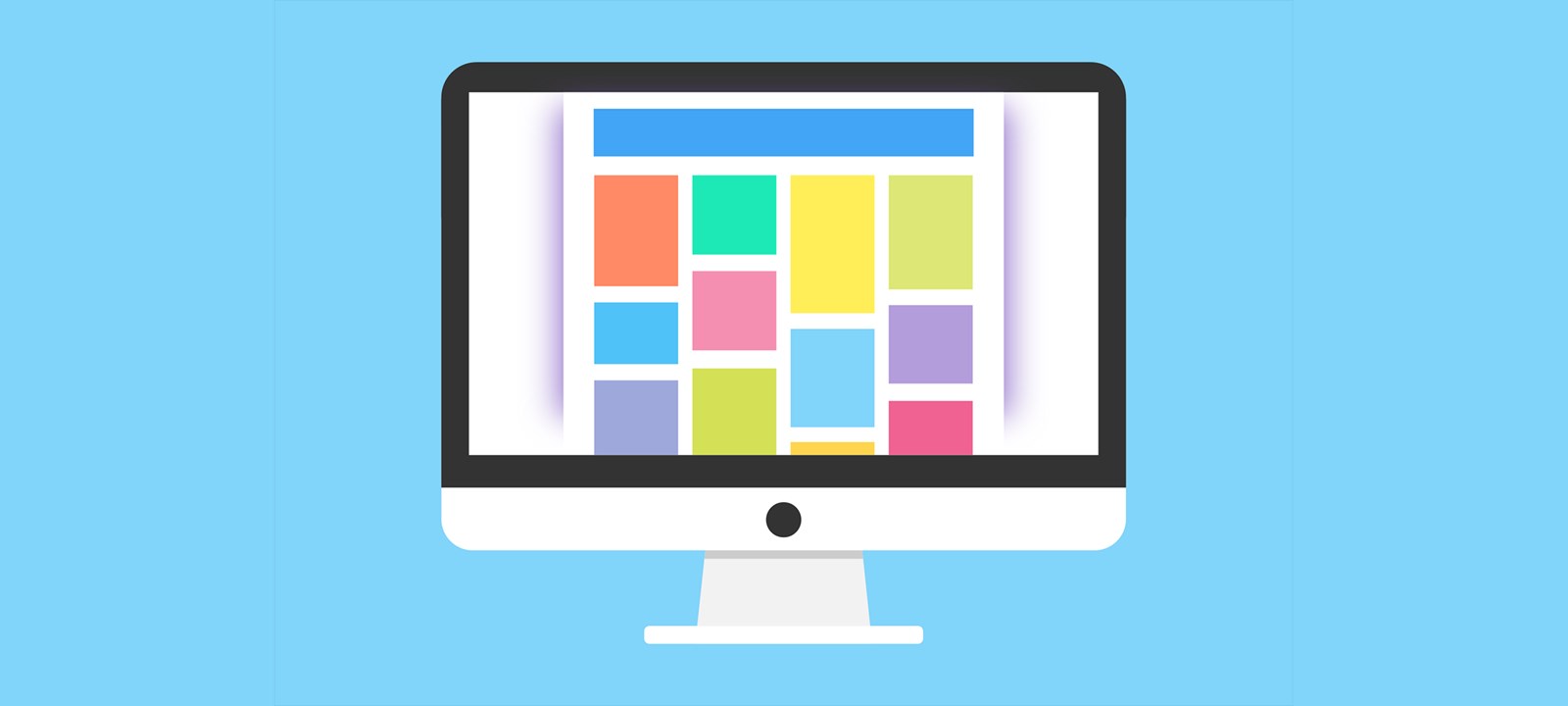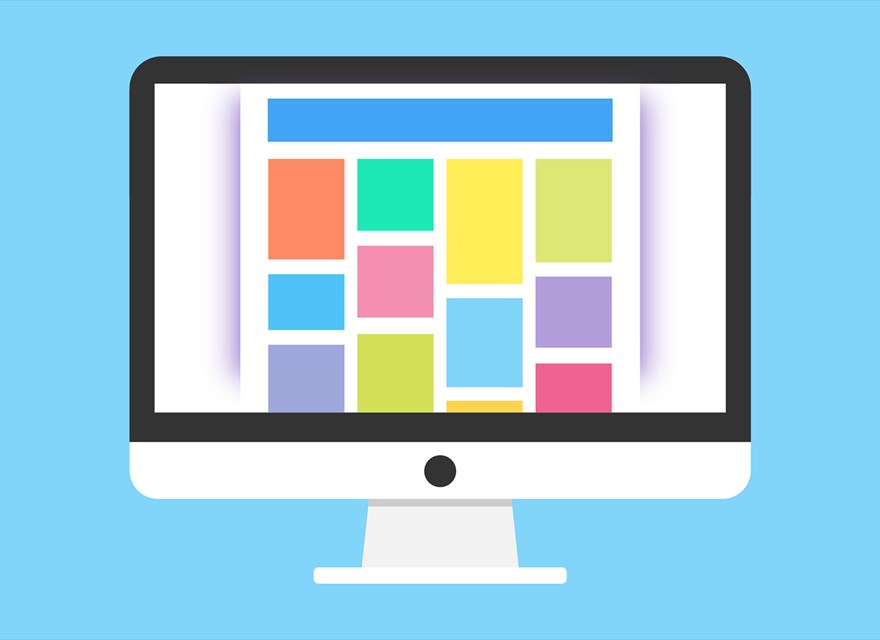maio 02, 2016
We’re seeing a renewed and growing interest in customer personalization. One important avenue of personalization that tends to be overlooked is the customization of emotional design. While customer personalization tends to take a look at an actual individual (who is not summed up by a persona), emotional design considers the various emotions that are attributed to an individual.
To elaborate, emotional design is the consideration of how online users formulate the ability to understand the products and services around them, and of why they desire certain things over others. In short, people are looking for connections, and connections are indeed emotional.
An example
Objects that are aesthetically pleasing by virtue of their sensual design and craftsmanship, appear to be more trustworthy and effective, when compared to other objects that are not as aesthetically pleasing. What's interesting is that the less attractive object may actually function better.
The purpose of emotional design
The purpose of designing with emotion is to create an impact that connects a business to their customers. The key to doing this well is in expressing your company’s brand through personable character traits, presence and testimony. When done correctly there should be a hair-raising experience that draws the user in and fills them with a sense of awe that encourages them to take action and move forward in their online journey. This is the sole purpose of emotional design. It is a design created by people for people and does not take metrics into consideration during the process.
Imagine yourself in a large cinematic experience whether it be an IMAX theatre or the opera. The goal of both presentations is to engage the senses in such a way as to invoke tears, applause or some kind of physical appreciation. These intense experiences draw the person in through an immersive experience that garners attention and often, when they are also happen to be online experiences have the potential to become viral. Great designs are hard to keep to oneself and the experience is enhanced when one customer shares their emotional design experience with someone else.
Considerations for designing digital experiences
When designing your digital experiences for your customers, consider the following 3 levels of emotion as described by Don Norman, a world leading expert in design thinking:
Visceral emotions
These emotions are inward, deeper feelings and opinions that require no intellect to understand. It is the raw reaction to things we either like or don’t like. An example of this would be someone tasting a fruit or candy of some sort. As children, we all generally liked candy because it was filled with sugar and tastes great. Compare this to kids who had a hard time eating vegetables.
Behavioral emotions
This level of emotion refers to how a user uses something based on its design. Is the design intuitive? Can users actually use your designs based on previous knowledge of other designs they have learned to use in the past?
Reflective emotions
This level of emotion is the most conscious feeling that human beings have when engaging their emotions. This conscious reflective level of emotion is where users and customers have the ability to think back and reflect on their interactions with your company website or app. This is where they develop an emotional connection and draw a conclusion about your brand.
So how do we consider emotion in design?
Design for recognition first
When it comes to design, the arrangement should be immediately recognizable regardless of what site a user is on. If a car enthusiast who has absolutely no knowledge of cooking or the topic of culinary arts visits a website about this topic, based on their previous experience with well-designed websites, they should be able to understand and recognize all “information scents” based on the structure and hierarchy of information on the website.
Understand your company’s brand
Understanding your company’s brand is one of the most important things you can do as a designer for your company. This reflects how well you understand your own company or client, and assigns credibility to the designer when they are able to repeatedly design and display brand awareness and brand consistency. Regardless of the channel the user is using to engage with your company and whether it be online or off, consumers are looking for a consistent pattern that has been established and that they can emotionally relate to.
Understand your users through personalization
It is a golden thing when companies are able to maintain an established brand while catering to individual users online based on cookies and geotagging at the same time.
Emotional design is about friendship. When we are able to effectively understand the end consumer, their likes and dislikes, it is easier for us as designers to establish a relationship with them, based on their individuality. Simple design considerations filtered through soft skills and decisions make the online experience all the more enjoyable for our users. Questions such as, “Would 32-year-old Cindy Johnson, a teacher from Sacramento and a loyal customer for the last 10 years like this?” would contribute to meeting the emotional need state of our designs.
Make it visually appealing
The truth of the fact of the matter remains: Items that are aesthetically pleasing to people draw more attention than other items that are simply utilitarian in appearance. This means that it is important to consider leveraging a designer who is not self-centered and looking to express their own artistic genius - but rather a designer who understands that designs must serve and complement the bigger picture and overall goal of business development. For example, designs should consider the proper, combined use of the company colours as well as the web standards of colour use for links and accessibility. These designs should also consider proper spacing, contrast, sizes, focal points, purpose and content.
My personal favourite emotional designs
Netflix
This example of emotional design is one of the most popular. Netflix has been successful in maintaining a clear and consistent visual brand identity while promoting other brands and products which are not their own. Netflix has been my best friend on a lonely night and an even better friend through the rain. Netflix knows how to cheer me up with some good laughs when I really need one. When I’m out of answers, Netflix suggests things to me and leads me on a journey of discovery. Take a look at my Netflix landing page and see the various ways Netflix has emotionally connected to me.
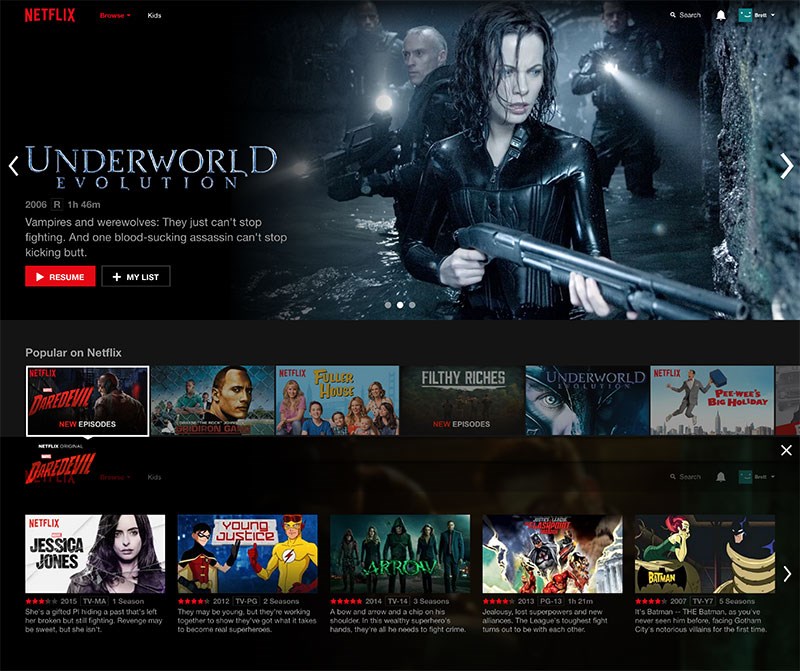
Google Play Store
Google Play Store understands me. It recommends things that I am interested in and this makes me excited. There are always new apps, shows and news that interest me and I am always actively engaged and entertained in one way or another. I also like the fact that I am able to leave feedback and view reviews from my friends and other people based on our common interests.
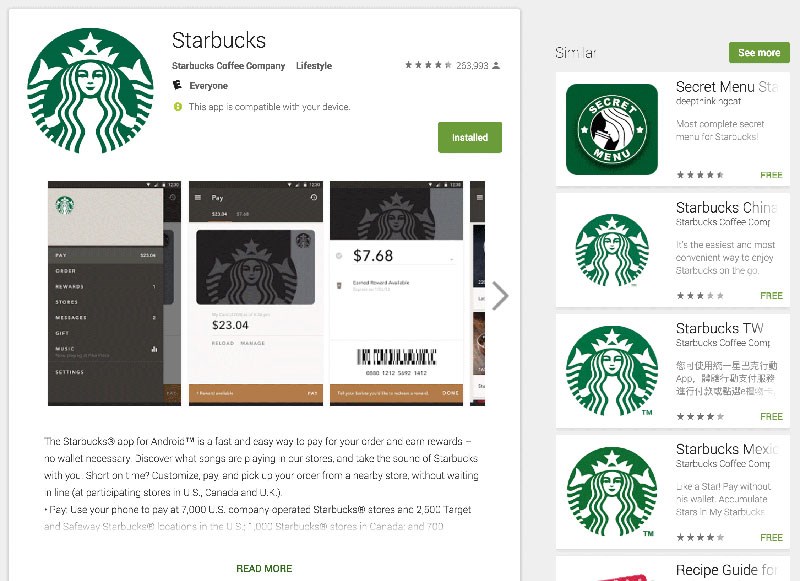
Google Play Music
This site was formerly known as Songza. Google bought Songza but kept its personal, customizable functions that made it so popular. Google Play Music allows users to not only buy and tune into various music genres, but it has become a true emotional experience by suggesting what type of music you should listen to at certain points in the day. In this case, when I was writing this article and visited this site, the system knew enough to recommend music to me that would boost energy or motivate me on a Monday afternoon. This site has literally changed the way I work and pass the time by allowing their AI system to inspire me and help change my mood.
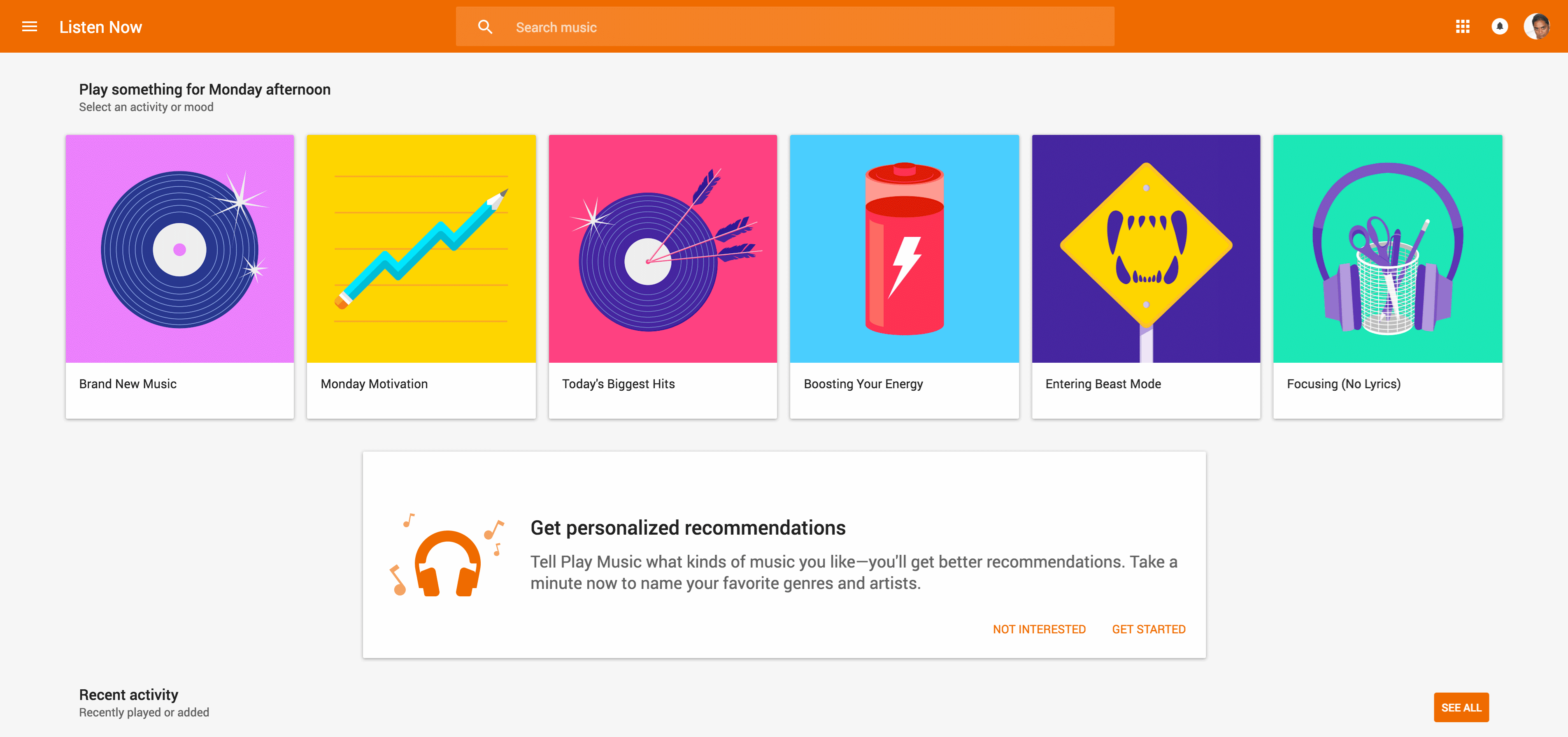
With all of this said, take a look at your own company site and ask yourself (and even some team members), “How does our site emotionally connect us to our users?” Find the various ways your site may be excelling (or failing) and discuss how your team can help build friendlier, trusted relationships that foster an emotional connection with your users in the digital space.
